
Cost
How Much Does a Bathroom Addition Cost?
09.26.2025

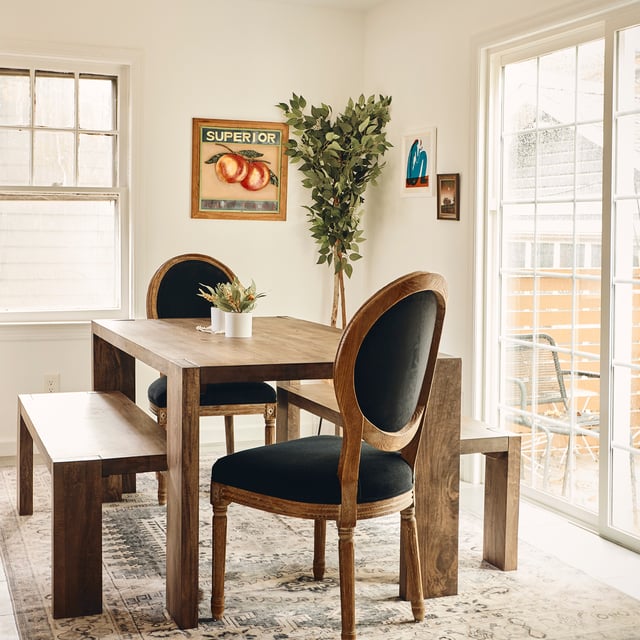
In This Article
Thinking about giving your entire home a glow-up? You’re not alone. Whole-home renovations are on the rise—because why stop at just one room when you can revamp everything? Whether you're updating a cozy cottage or a sprawling suburban stunner, renovation costs can swing wildly depending on where you live, how big your house is, and just how Pinterest-inspired your plans are. In this guide, we’ll break down what you might spend, what drives those costs up (or down), and smart ways to stay on budget—because transforming your space shouldn't mean draining your savings or your sanity. Let's dive in.
Design a Home That’s Uniquely Yours
Block can help you achieve your renovation goals and bring your dream remodel to life with price assurance and expert support.
Get Started
Dreaming of turning your house into the ultimate version of itself? Good news: it’s totally doable! (With a little budgeting magic, of course.) Whether you're planning a minor facelift or a full-blown glow-up, knowing the average cost is key.
Learn More: How Much Does It Cost to Remodel a 2,000 Sq Ft House? or Remodeling Costs Per Square Foot by Room.
Whole-home renovations typically cost anywhere from $15 to $200+ per square foot. Why the huge range? It all depends on how fancy you want to get. Think of it like ordering coffee: drip is basic (around $15–$60/sq. ft.), a caramel macchiato is mid-range ($60–$130/sq. ft.), and that oat milk lavender cold brew with gold flakes? That’s your high-end renovation ($130–$200+ per sq. ft.).
No matter where you land on the fancy scale, there’s a budget that can make your dream happen.
To give you a rough idea, here’s what renovation budgets might look like:
Bottom line: there’s a wide range, but with good planning (and a great playlist for the demo days), you can absolutely make your renovation dreams a reality.
Turn your renovation vision into reality
Get matched with trusted contractors and start your renovation today!
Find a Contractor
Whole-home renovations can feel like planning a wedding: exciting, a little overwhelming, and full of choices that will definitely impact your budget. But don’t worry—we’re here to make it all feel way more manageable (and even a little fun). Here’s a look at the key factors that can swing your renovation costs up, down, and sideways.
First things first: size matters. A 900-square-foot bungalow is a very different ballgame than a 4,000-square-foot colonial house. More square footage = more materials, more labor, and, yes, more dollars.
And it’s not just about size. Layout matters, too. Single-story homes are often easier (and cheaper) to renovate than multi-story homes, where you have to think about things like staircases, load-bearing walls, and the logistics of hauling drywall up three flights. (Shout out to all the contractors who lift with their knees.)
Not all renovations are created equal. If you’re just giving your home a cosmetic refresh—think new paint, light fixtures, and swapping out those 90s-era countertops—you’re looking at a much lighter budget.
But if you're going full HGTV demo day with a gut renovation—moving walls, relocating plumbing, replacing subfloors—well, get ready for a bigger price tag. (And some very satisfying before-and-after photos.)
Partial remodels (maybe just a few rooms) can strike a happy balance if you want a major upgrade without a major meltdown.
DIY can save you a chunk of change—if you actually know what you're doing. (Installing your own kitchen cabinets sounds empowering until the doors won’t close properly.)
Hiring a licensed contractor usually costs more upfront but can save you serious headaches (and redos) down the line. Plus, labor costs vary wildly by location. Urban areas and places with high demand (looking at you, coastal cities) typically come with higher labor rates.
The right contractor is like a good dance partner: they make you look good and don't step on your toes.
If you’ve ever wandered into a tile store “just to browse” and left clutching a swatch of hand-painted imported Moroccan zellige, you know materials can wreck a budget faster than you can say "artisan."
Budget materials—like stock cabinets, laminate flooring, and standard tile—can look great and keep your wallet intact. But custom cabinetry, designer fixtures, and imported finishes? Gorgeous but pricey.
A good rule of thumb: splurge where it matters to you most (hello, dream kitchen backsplash!) and save elsewhere.
Ah, permits—the not-so-glamorous but absolutely necessary part of any serious renovation. Anytime you touch structural elements, plumbing, or electrical systems, you’re probably going to need one (or several) permits.
Permit costs vary wildly depending on your city or state. In some places, a basic permit might run a few hundred bucks. In others, you could be shelling out thousands.
Skipping permits might sound tempting, but it can lead to even higher costs later if you get caught—or worse if it causes problems when you sell your home. The moral of the story: embrace the paperwork.
Here’s where things get real. If you’re renovating an older home, chances are you’ll run into at least one system that needs an upgrade.
Updating old plumbing, repairing outdated electrical, or installing a new HVAC system isn’t cheap. Expect to pay anywhere from $2,000 to $20,000+, depending on the scope.
But here's the bright side: modern systems = lower utility bills, a safer home, and fewer emergency repairs down the road. Future you will thank you.
Finally, if you’re planning to upgrade kitchens, bathrooms, basements, or tack on a dreamy sunroom or home office, prepare for these areas to be major cost drivers.
Kitchens and bathrooms involve lots of expensive elements (plumbing, custom cabinetry, tile, appliances), so they naturally cost more per square foot. Basements can vary depending on whether you’re finishing a basic space or creating the ultimate home theater/game room combo.
And outdoor living spaces? Worth every penny for the first backyard barbecue you host. Plus, specialty spaces add serious value to your home if you ever decide to sell.
Learn More: How to Find a Home Addition Contractor
Renovate with confidence every step of the way
Step 1: Personalize Your Renovation Plan
Step 2: Receive Quotes from Trusted Contractors
Step 3: Let Us Handle the Project Details

When it comes to whole-home renovations, not all projects are built the same. Some are like a quick haircut; others are like a full glam makeover. Here’s how the costs generally shake out depending on how big you dream.
If you’re just giving your house a little glow-up—think painting the walls, replacing tired carpet with fresh floors, or updating some fixtures—you’re looking at the most budget-friendly option. Cosmetic renovations usually run between $15–$60 per square foot. It’s amazing how a coat of paint and some new floors can make a place feel brand new without touching a single wall!
Ready to level up? Mid-range renovations dive a little deeper. We're talking new kitchen cabinets, updated bathrooms, fresh flooring, and maybe moving a wall or two (just for fun). These projects typically cost between $60–$130 per square foot. It’s the sweet spot for a major transformation without needing to live in a construction zone for a year.
Now we’re in full makeover territory—down to the studs, systems replaced, layouts reimagined. This is the big leagues, and it usually runs $130–$200+ per square foot. Sure, it’s a bigger investment, but it’s also your chance to create exactly the home you’ve always wanted. Plus, nothing beats the feeling of knowing every wire, pipe, and board is brand new and ready for the next chapter.
You’ve got the Pinterest boards, the color swatches, the grand vision—but before you start swinging hammers, it’s time to talk money. Budgeting isn’t the glamorous part of a renovation, but it is the part that keeps you from stress-eating cereal over a makeshift cardboard countertop for six months. Here’s how to set yourself up for renovation (and financial) success.
No matter how carefully you plan, surprises will pop up—like that ancient plumbing hiding behind your walls or the fact that your “simple” kitchen update now needs an entirely new subfloor.
That’s why experts recommend budgeting an extra 10–25% of your total project cost for unexpected expenses. Think of it as your renovation safety net. If you don’t need it? Great—more budget for dreamy finishing touches like that statement lighting fixture you’ve been eyeing. But if you do? You’ll be thanking yourself for being so brilliantly prepared.
It’s easy to get carried away when you start planning. (Sure, a marble dog-washing station sounds necessary.) But when you’re working with a budget, it’s smart to focus first on the projects that will have the biggest impact on your daily life—and your home’s value.
Updating kitchens and bathrooms? High impact. Fixing a crumbling foundation? Definitely necessary (even if it’s less Instagrammable).
Make a list of your “must-haves” and your “nice-to-haves.” Then, tackle the must-haves first. It’s all about balancing dreams with reality—and creating a home that looks amazing and works for your everyday life.
When it comes to hiring contractors, don’t just go with the first person who says they can “do it all for cheap.” (Spoiler: that almost never ends well.)
Get multiple estimates from reputable contractors so you can compare apples to apples. Make sure each estimate includes a detailed scope of work—down to the types of materials they’ll use, project timelines, and payment schedules. The more detailed the contract, the fewer “surprise” charges you’ll see later.
Transparency is your best friend here. A good contractor won’t just quote a lump sum and disappear into the drywall dust—they’ll walk you through where your money’s going, line by line.
Renovating your entire home is a big adventure—equal parts exciting and, yes, occasionally a little overwhelming. But with smart planning (and maybe a few deep breaths), you’ll be well on your way to creating the dream space you deserve.
To recap, costs can vary wildly depending on your home’s size, the scope of your renovation, the finishes you choose, and the professionals you hire. System upgrades, specialty rooms, and even the humble permit fees all sneak into the budget, so knowing where your dollars are going is important.
The real magic, though, is in the planning. Building a solid budget (with a contingency cushion), prioritizing wisely, and working with detailed contracts will keep you on track—and maybe even leave room for that velvet reading nook you secretly want. Flexibility is key, too, because, let’s be honest, even the best-laid plans can get a little messy when walls start coming down.
Most importantly, don’t go it alone. Partnering with experienced renovation professionals means you’ll get accurate estimates, realistic timelines, and expert advice when decisions get tricky. (Plus, they’ll know if that wall you’re dying to remove is, you know, holding up the second floor.)
Plan smart, stay positive, and you’ll be toasting your beautiful new home in no time.

Written by Block Renovation
How much does it cost to renovate a 2,000-square-foot house?
What is the difference between a cosmetic renovation and a gut renovation?
Do I need permits for a full house renovation?
How can I keep my renovation project on budget?
Is it cheaper to renovate a house or buy new?
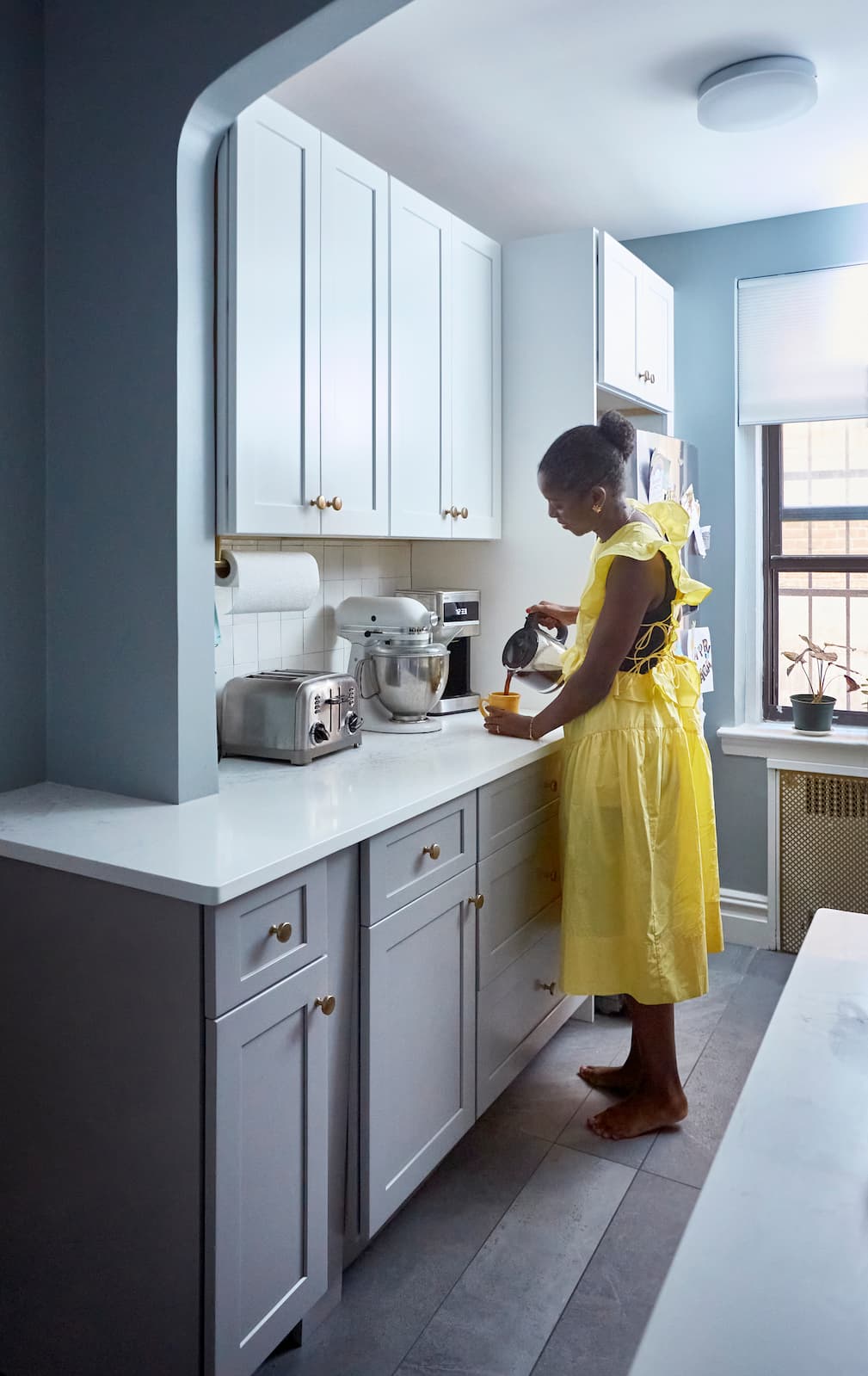
Renovate confidently with Block
Easily compare quotes from top quality contractors, and get peace of mind with warranty & price protections.
Thousands of homeowners have renovated with Block

4.5 Stars (100+)

4.7 Stars (100+)

4.5 Stars (75+)

Cost
How Much Does a Bathroom Addition Cost?
09.26.2025
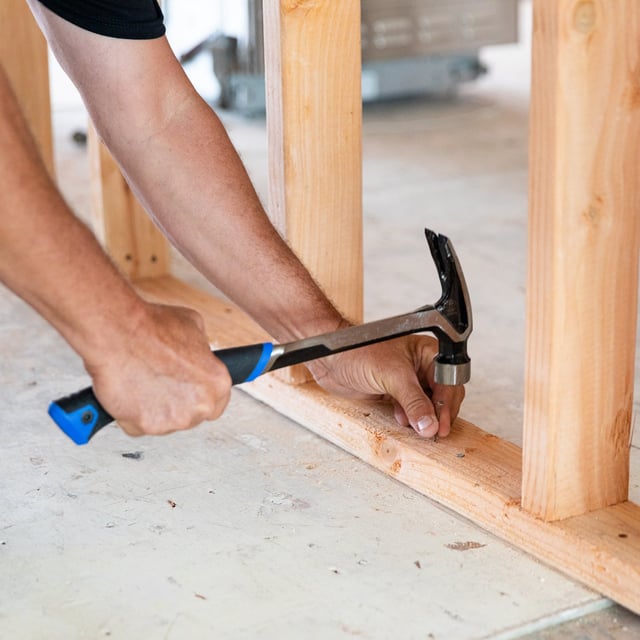
Cost
Calculating the Cost of Your 12x24 Addition
09.18.2025
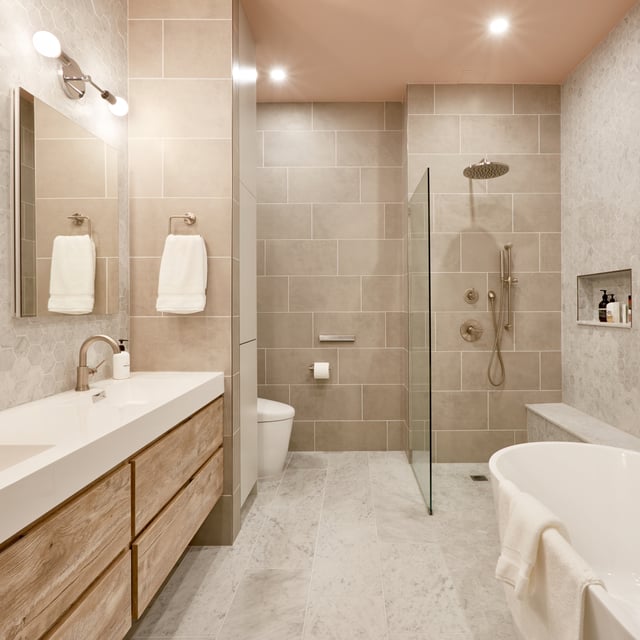
Cost
10x10 Bathroom Remodeling Costs
09.18.2025

Cost
The Average Cost of a Jacuzzi Bath Remodel—and How to Save
09.18.2025
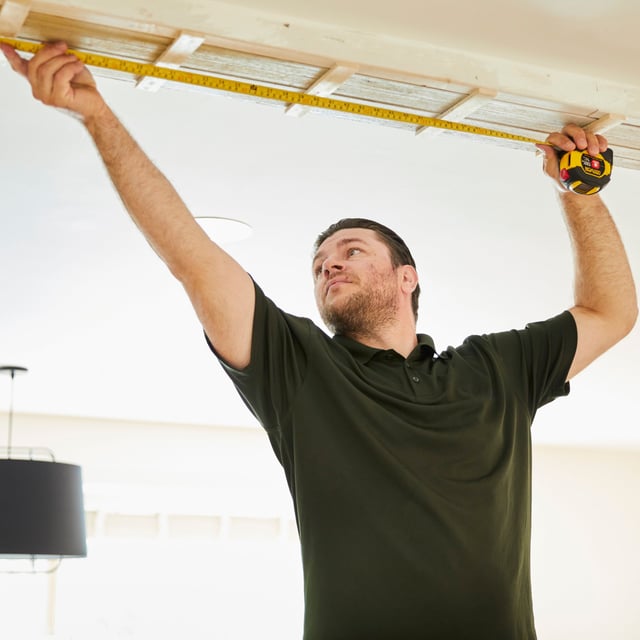
Cost
Ceiling Installation Costs: Repairs & Replacement Pricing
09.05.2025
Renovate confidently